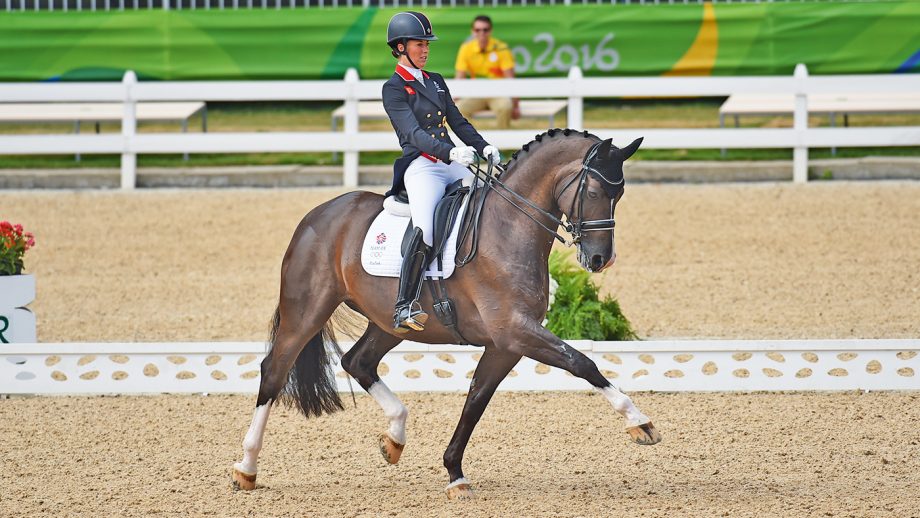Dressage, often considered the ballet of horseback riding, is a disciplined art form that showcases the harmonious partnership between horse and rider. Rooted in classical principles, it’s a discipline that requires precision, balance, and a deep understanding of your horse’s movements. If you’re a beginner looking to delve into the world of dressage, this guide will offer valuable techniques and training tips to set you on the right path.
What is Dressage?
Dressage, derived from the French word for “training,” is an equestrian sport that focuses on a horse’s obedience, flexibility, and responsiveness to cues. Unlike other equestrian events, dressage is not about speed or jumping but rather about control, grace, and skillful riding.
Basic Dressage Techniques for Beginners
The Correct Seat and Position
Begin with mastering the correct seat and position as it forms the foundation for effective communication between you and your horse. Your legs should hang down the sides of your horse, heels down, and your back should be straight. This posture allows you to move in sync with your horse.
The Half-Halt
The half-halt is a fundamental dressage technique used to get your horse’s attention and prepare it for a new command. It’s a brief, subtle tightening of the reins that signals the horse to balance itself and await further instructions.
Leg-Yielding
In leg-yielding, the horse moves sideways and forward at the same time. It’s a fundamental exercise for improving suppleness and balance. Use your inner leg to apply pressure and encourage the horse to move sideways.
The Turn on the Forehand
This maneuver teaches your horse to move its hindquarters around its front end, an essential skill for more advanced dressage techniques. A gentle nudge with your leg will signal the horse to execute the turn.
The Canter Transition
Transitioning smoothly between gaits is vital in dressage. Practicing transitions between the trot and canter can sharpen your horse’s responsiveness and balance.
Training Tips for Dressage Beginners
Consistency is Key
Like any sport, dressage requires consistent practice. Develop a routine training schedule to build your horse’s strength and reinforce learned behaviors.
Focus on the Basics
Before moving to complex maneuvers, master the basics. Perfecting foundational techniques will make advanced skills easier to learn.
Utilize Groundwork
Groundwork exercises like lunging can help your horse develop balance and responsiveness, even without a rider. This practice is invaluable for mastering dressage techniques.
Take Professional Lessons
If possible, consult with a certified dressage instructor. Professional guidance can provide tailored advice and correct bad habits before they become ingrained.
Prioritize Communication
Your horse is not just a vehicle but a partner. Learn to recognize and interpret your horse’s signals, and train yourself to give clear, consistent cues.
Video Analysis
Record your training sessions for review. Video analysis can help you identify areas for improvement that you may not notice in the moment.
Quality Over Quantity
Focus on the quality of your training, not the duration. Short, focused sessions are often more effective than lengthy, less organized ones.
Equipment for Dressage Beginners
Make sure you have the appropriate tack for dressage, including a dressage saddle that allows for closer contact with your horse and a bridle with a bit suitable for dressage work.
Setting Goals and Progress Tracking
Set achievable goals for both you and your horse. Progress tracking is essential in dressage, as it can sometimes feel like you’re not advancing. Document your training sessions, make note of what works and what doesn’t, and adjust your training regimen accordingly.
Participate in Competitions
Once you’ve mastered the basics, consider participating in beginner-level dressage competitions. This exposure will provide a taste of what’s to come as you progress through the ranks and can offer invaluable experience.
Conclusion
Dressage is a fulfilling yet demanding equestrian discipline that requires a commitment to continual learning and practice. As a beginner, focus on mastering basic techniques such as the correct seat, the half-halt, and simple transitions. Use training tips like consistent practice, groundwork, and professional lessons to improve. Remember, the journey in dressage is as important as the destination. The partnership you build with your horse through disciplined training will be rewarding in itself.
